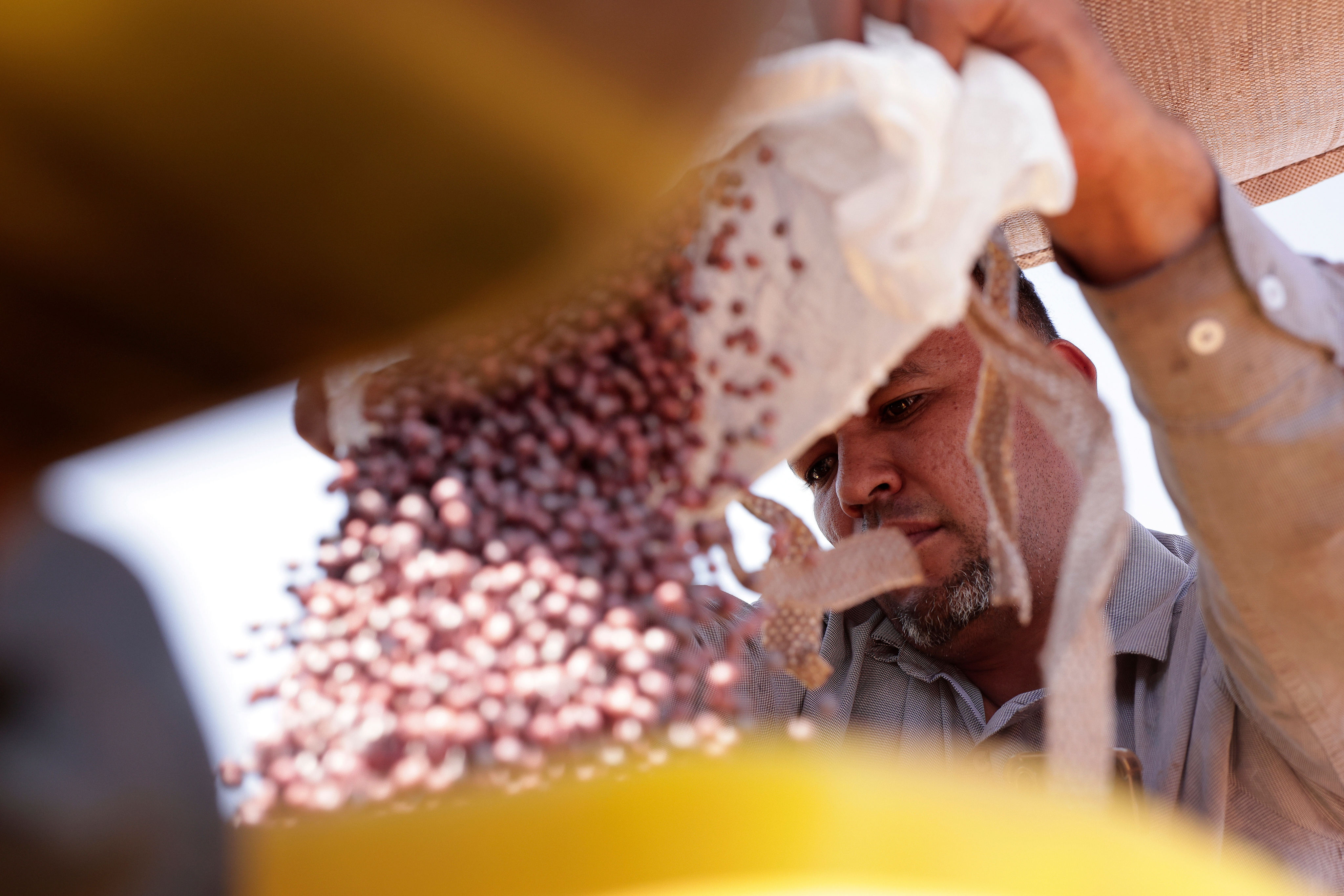Copyright scmp

Brazil’s soybean producers are downplaying concerns over a freshly minted US-China trade agreement that will see Beijing resume large-scale purchases of American soybeans, insisting the 12 million tonnes (13.23 million tons) pledged represents routine seasonal trade rather than a market upheaval. Mauricio Buffon, president of Brazil’s Soybean Producers Association (Aprosoja), said the volume announced by Washington and Beijing on Wednesday should not alarm Brazilian exporters, framing it as part of normal supply cycles. “It is a movement that happens every year,” Buffon said in an interview to CNN Money Brazil. “The United States has soybeans available now because they have just harvested. Brazil, on the other hand, is planting the new crop and has low stocks.” The accord, unveiled after Presidents Donald Trump and Xi Jinping met in South Korea marks a potential turning point for American farmers battered by months of suspended Chinese orders. Under the deal, China would immediately resume agricultural purchases whilst also reducing certain trade barriers and import tariffs. Trump hailed the agreement as a win for US farmers and global market stability. But for Brazil, which sends roughly three-quarters of its soybean exports to China, worth nearly $44 billion last year, the rapprochement has sparked both wariness and calculation. Still, Buffon suggested stronger US sales could actually lift prices on the Chicago Board of Trade, indirectly helping Brazilian growers. “The market will oscillate a lot over the next 60 days,” he said. “Producers need to stay alert and take advantage of good commercial opportunities.” Yet he warned of serious domestic headwinds. Buffon characterised the 2025-26 planting season as “a crop without money”, citing delayed federal credit and stalled government farm support. As of mid-October, more than half the funding for Brazil’s main agricultural credit programme hadn’t reached producers. “Without investment in fertilisers and soil correction, we risk an average crop,” Buffon said, adding that tight credit and dry weather could crimp output in major producing states like Mato Grosso and Parana. Weaker production would strain Brazil’s trade balance and potentially drive up domestic food prices, he said, pointing to recent spikes in rice and bean costs. Analysts across South America are weighing the deal’s ramifications. In Argentina, grain analyst Eugenio Irazuegui of brokerage Zeni told La Nacion that whilst soybean futures continued climbing globally, premiums for South American cargoes had begun easing slightly. “Until now China had been securing shipments from Brazil and Argentina for November and December,” Irazuegui said. “The immediate impact of the agreement is likely to be bearish for South American prices.” In recent months, China ramped up South American purchases during its trade stand-off with Washington. Between September and October, Chinese importers bought about 12 million tonnes from Brazil and Argentina, roughly half their demand for that period, according to research group Safras & Mercado. Despite the US-China thaw, Brazil remains China’s dominant soybean supplier, a Brazilian official told the Post. The South American giant has steadily expanded its grip on the Chinese market, capturing nearly 78 per cent in value terms this year. According to the same source, this “dominance won’t erode quickly”, especially as China pursues long-term sustainability partnerships and continues diversifying its agricultural sourcing.



